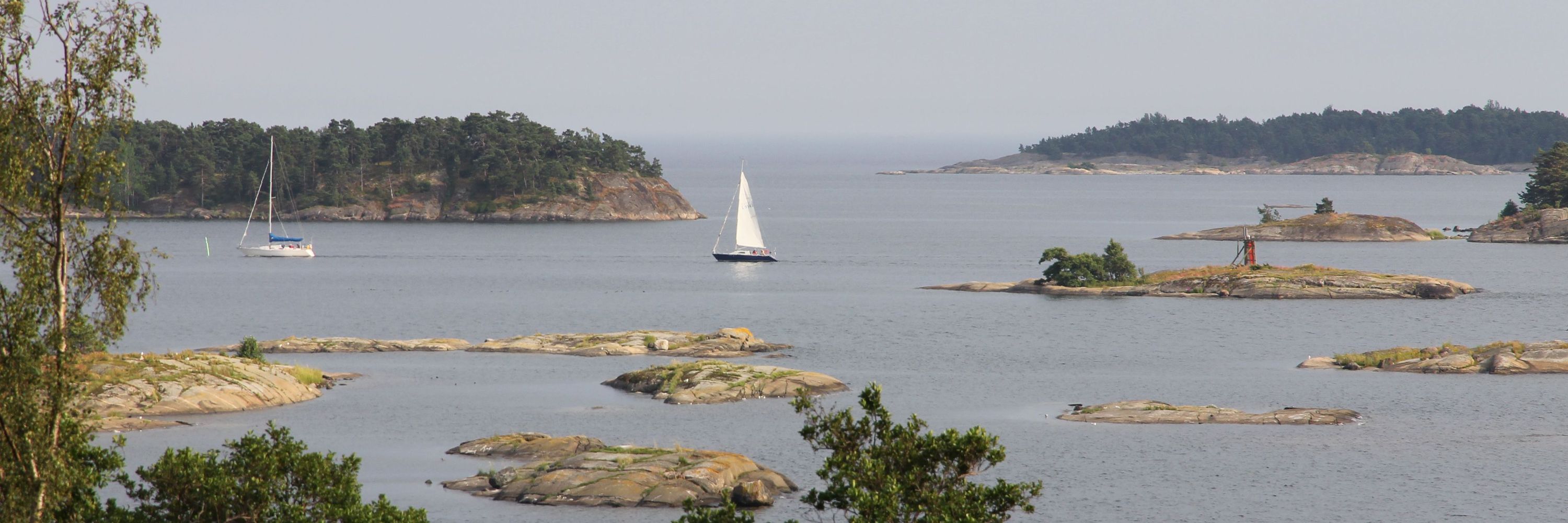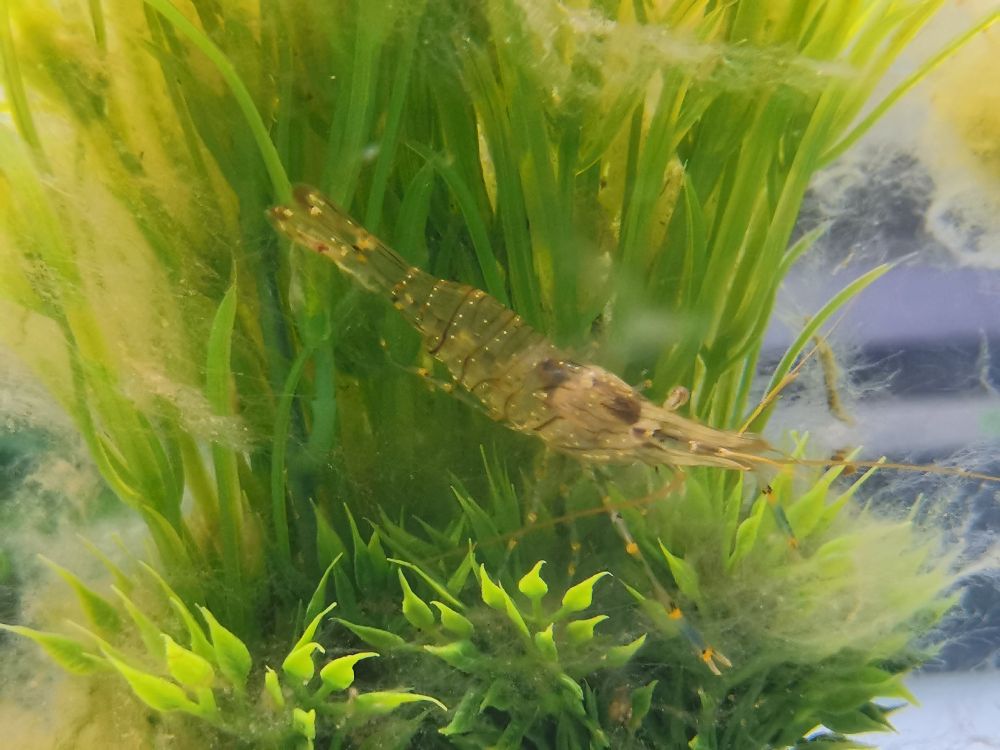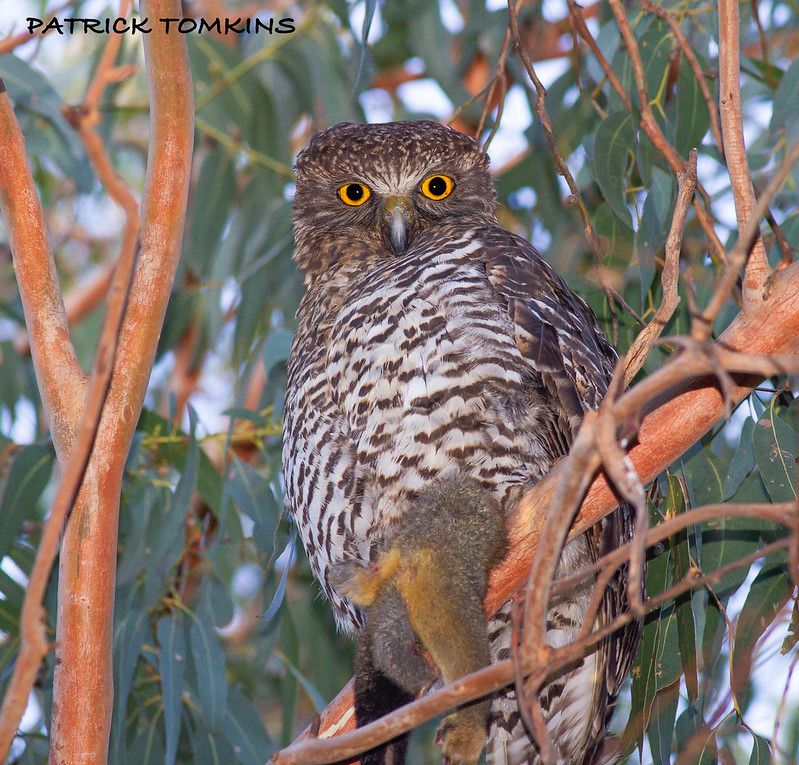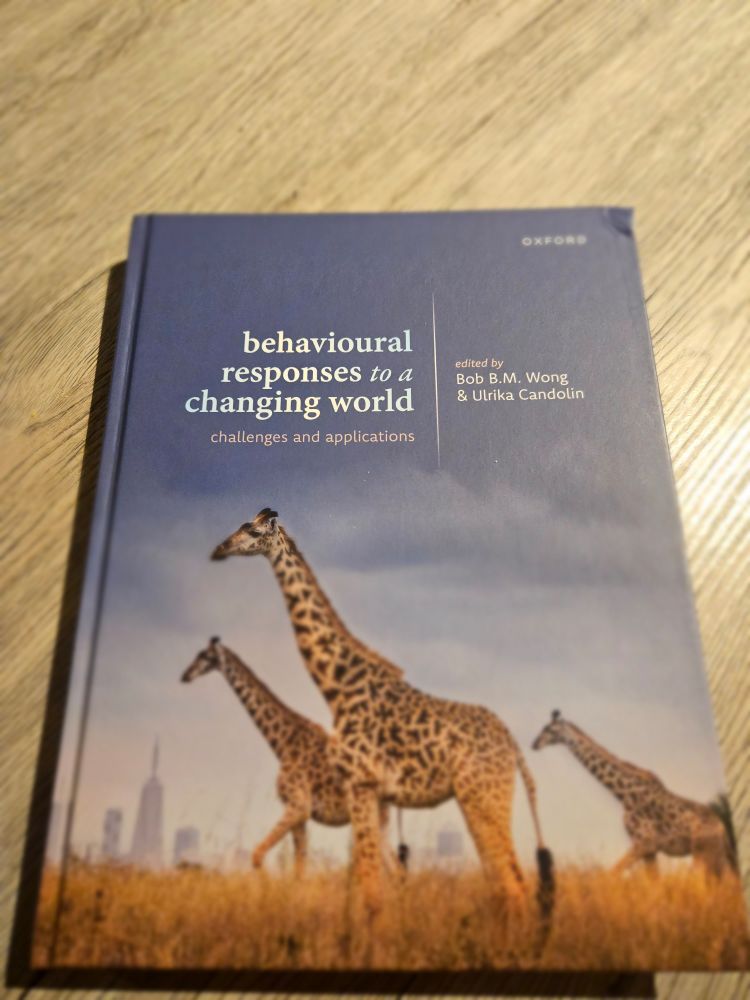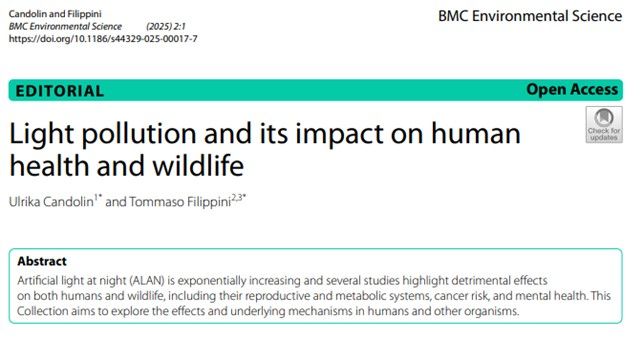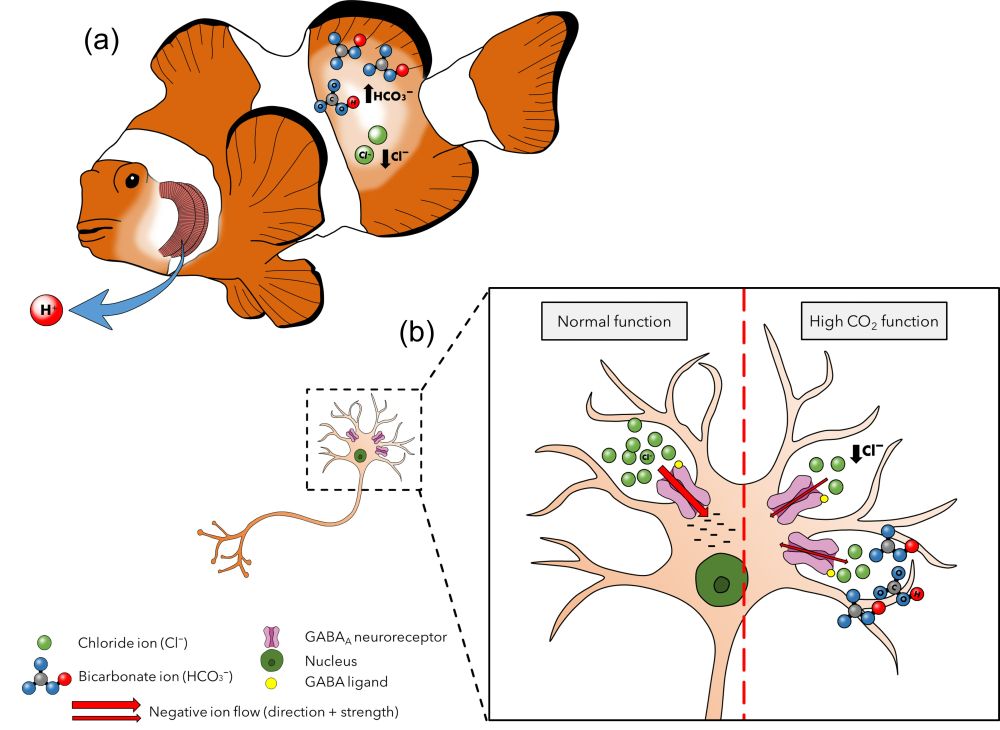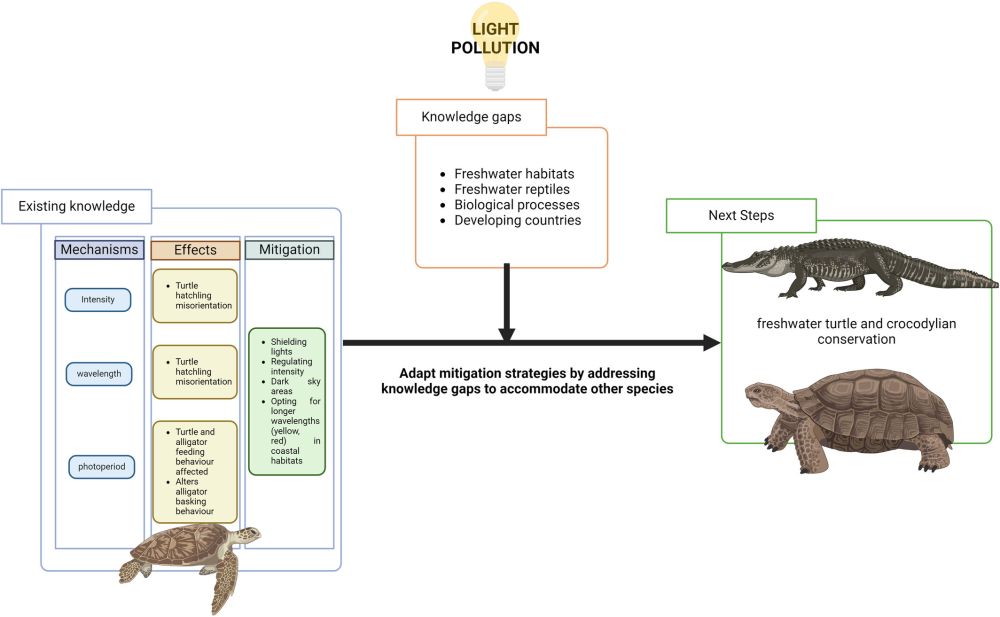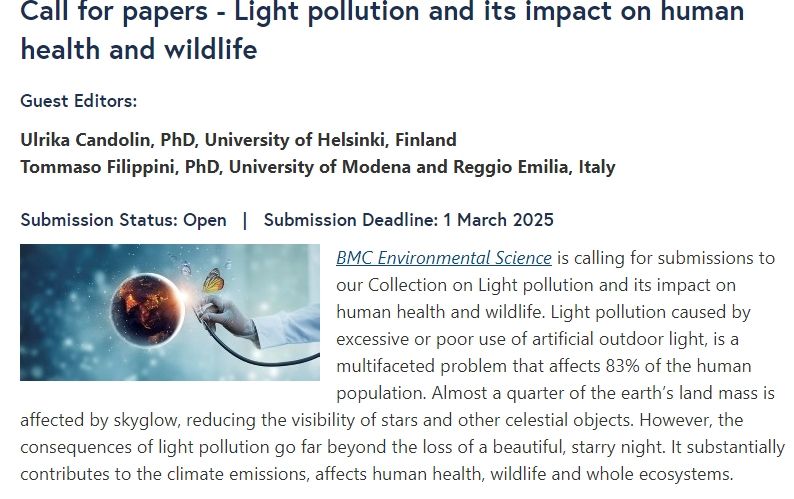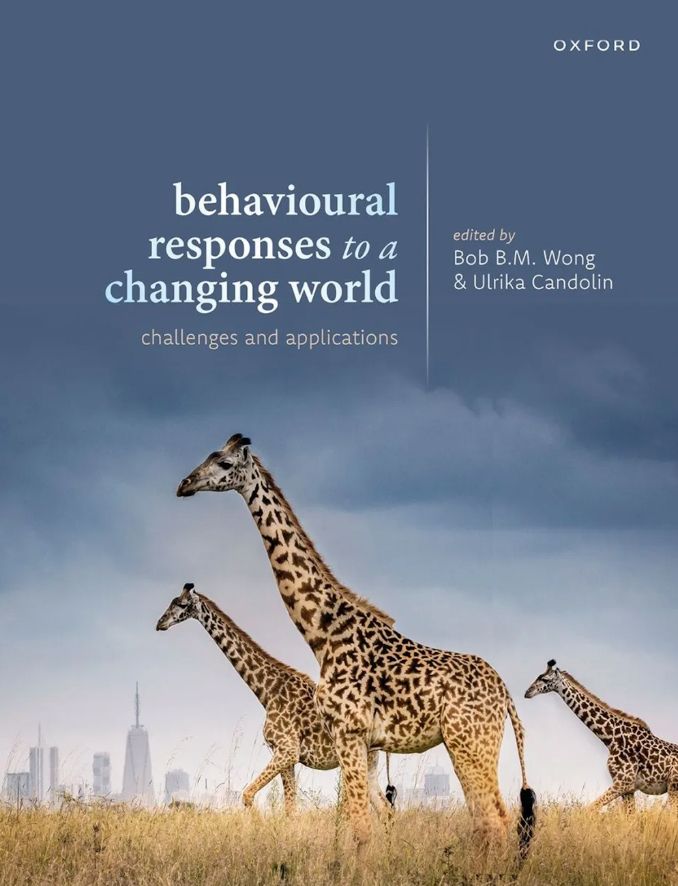Ulrika Candolin
Behavioural ecologist at Helsinki University. Focussing on responses to environmental change.
t.co/iML46tJpz6
- New paper showing the importance of accounting for species interactions when investigating the impact of non-native species on ecosystems. Single-species manipulations may fail to capture full ecological consequences. rdcu.be/egjJS
- New paper: “Studying and comparing eucalypt plantations with other types of monocultures can provide important insights into the potential evolutionary and conservation consequences of human-made habitats for wildlife.”
- Eucalypts are among the most important trees used for forestry purposes worldwide, but how do these exotic plantations affect native wildlife? Check out our new Open Access paper in Biological Reviews led by Maider Iglesias-Carrasco. onlinelibrary.wiley.com/doi/full/10.... 📸 Pat Tomkins
- Reposted by Ulrika CandolinEucalypts are among the most important trees used for forestry purposes worldwide, but how do these exotic plantations affect native wildlife? Check out our new Open Access paper in Biological Reviews led by Maider Iglesias-Carrasco. onlinelibrary.wiley.com/doi/full/10.... 📸 Pat Tomkins
- Reposted by Ulrika Candolin[Not loaded yet]
- Reposted by Ulrika CandolinOver the moon to receive my copy of 'Behavioural responses to a changing world'! 😁🥳🤗😍 @bbmwong.bsky.social @ulrikacandolin.bsky.social 🙏 Huge kados to the brilliant minds behind it (too many to tag)!🏆 Slightly less happy about my mailman's creative delivery - now featuring a bonus dog-ear 📖📫🐶😅
- Deadline for submissions: 1 March 2025. APC waivers available (contact me for these).
- Our editorial for the Collection on impact of light pollution is now out, open access rdcu.be/d6F8z Submission deadline: for papers: 1 March 2025 (contact me if you may need more time) #lightpollution #ALAN
- Reposted by Ulrika CandolinAs a bonus, this chapter comes with the nicest conceptual figure I've ever made! Thanks for all the hard work getting this book across the line @bbmwong.bsky.social @ulrikacandolin.bsky.social!
- Proud to present the accompanying book to the one published in 2012. Successful team effort with @bbmwong.bsky.social and excellent chapter authors.
- Hot off the press. global.oup.com/academic/pro...
- New collaborative paper on impact of #lightpollution on freshwater crocodiles and turtles, led by Megha Khanduri; Guiding Aquatic Reptile (Chelonian and Crocodylian) Conservation in the Face of Growing Light Pollution: Lessons From Experience wires.onlinelibrary.wiley.com/doi/full/10....
- Our editorial for the Collection on impact of light pollution is now out, open access rdcu.be/d6F8z Submission deadline: for papers: 1 March 2025 (contact me if you may need more time) #lightpollution #ALAN
- Reposted by Ulrika CandolinInviting contributions to a special issue on #lightpollution in the newly launched journal BMC Environmental Science. Call for papers - Light pollution and its impact on human health and wildlife www.biomedcentral.com/collections/...
- Reposted by Ulrika CandolinIt was an honour to write a chapter on chemical pollution for the new book Behavioral Responses to a Changing World: Challenges and Applications, by @bbmwong.bsky.social & @ulrikacandolin.bsky.social! Big thanks also to Tomas Brodin & @marleneagerstrand.bsky.social 👏 global.oup.com/academic/pro...
- Reposted by Ulrika CandolinCall for submissions! 📢 Environmental Evidence is calling for submissions to our upcoming Collection on the current and future use of AI for systematic #EvidenceSynthesis in environmental management 🌎🧪 Submissions due: 28 February 2025 www.biomedcentral.com/collections/...
- Reposted by Ulrika CandolinIt's amazing to see this book out! Proud to have contributed a chapter, led by Amelia Munson, and with @shaunkillen.bsky.social, on the effects of multiple stressors on animal behaviour. Thank you @bbmwong.bsky.social and @ulrikacandolin.bsky.social for the huge work 🙏
- Reposted by Ulrika CandolinIn this new collaborative book we explore animal behavioural responses and population consequences in a set of environmental perturbations. Did you know some species fail while others thrive in challenging environments? How? Why? Impossible!? Check it out!
